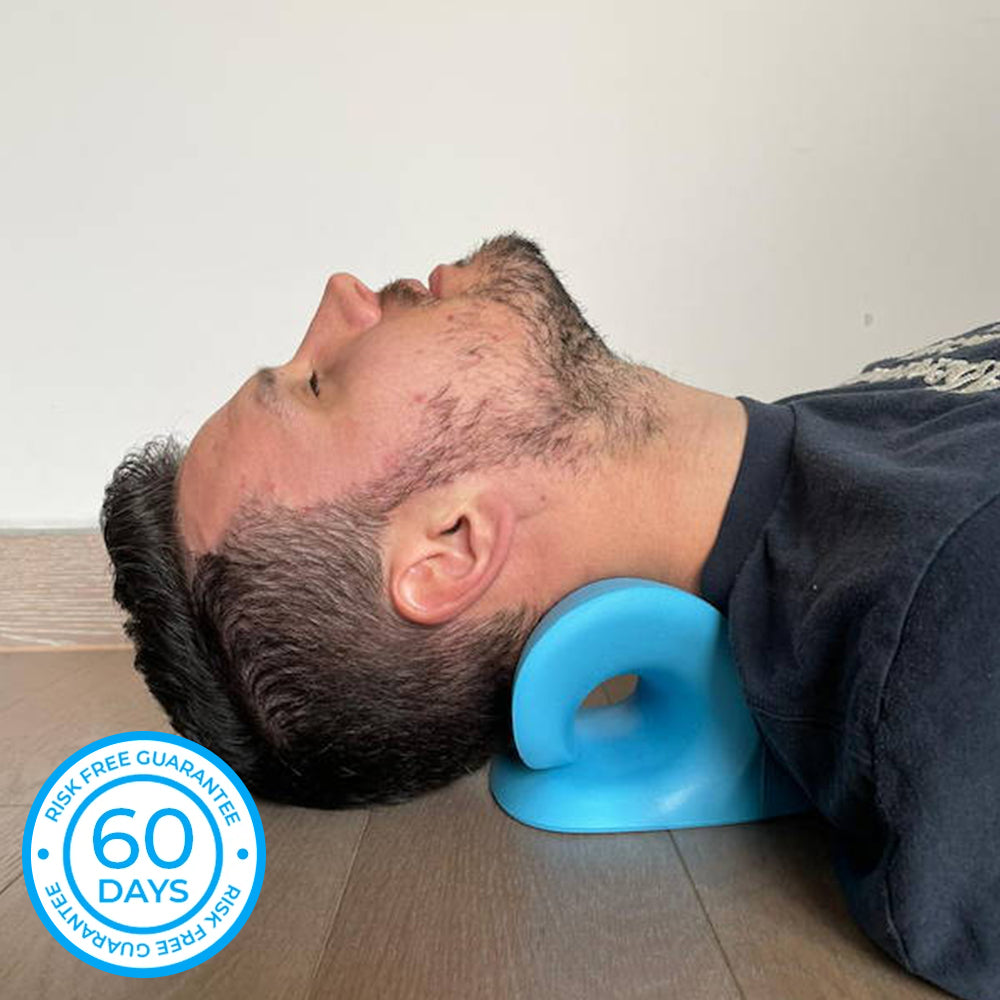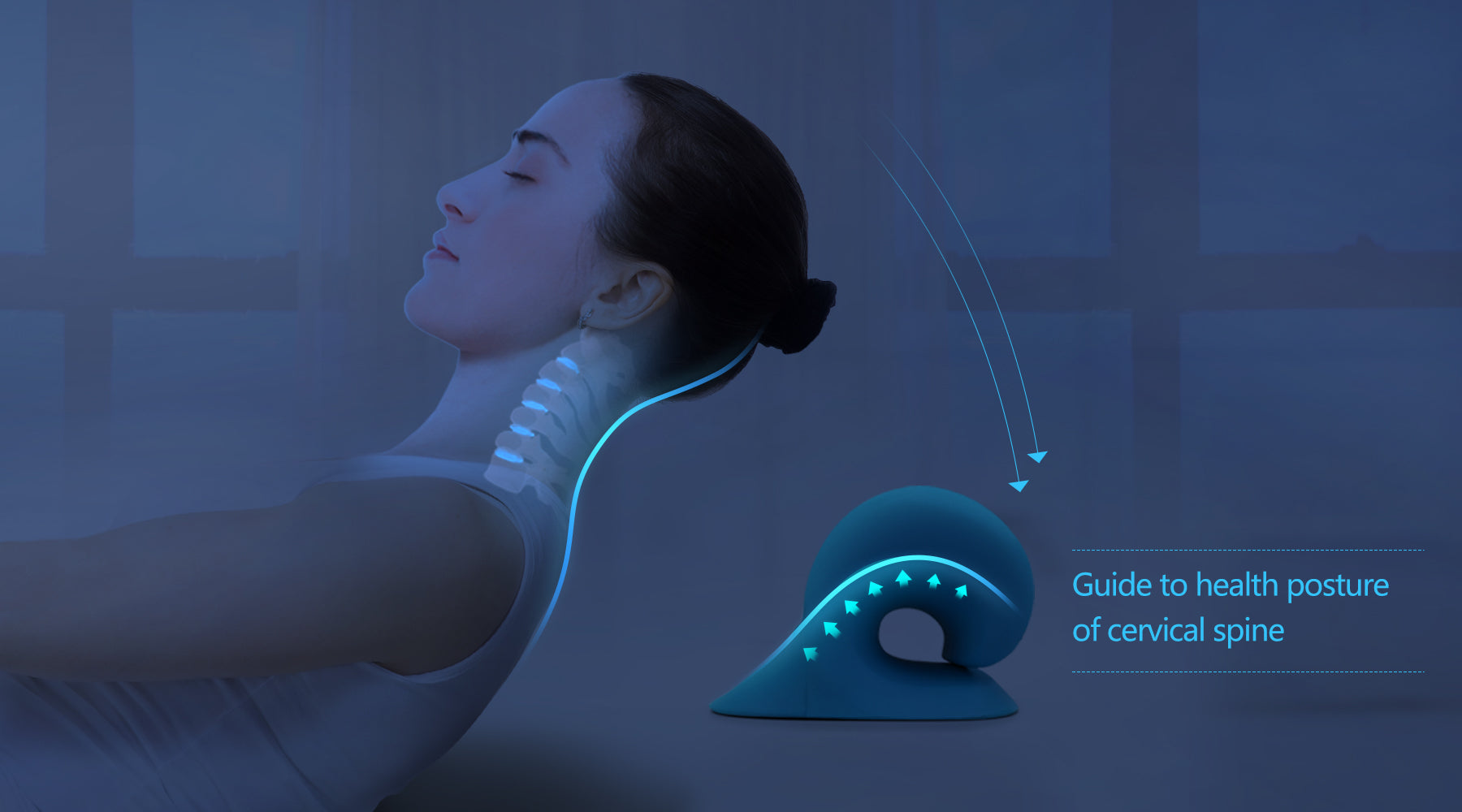Enhance Your Position and Decrease Neck Pain with the Neck Cloud
Enhance Your Position and Decrease Neck Pain with the Neck Cloud
Blog Article
Neck Pain in the Office: Identifying Threat Variables and Executing Ergonomic Solutions
Neck discomfort in the work environment is a common concern that can influence staff member health and productivity. By recognizing the various risk variables adding to neck discomfort and executing ergonomic services, organizations can produce a much more favorable job setting. Identifying these variables is important in creating targeted approaches to minimize discomfort and stop future injuries. Addressing ergonomic issues not only boosts employee wellness however additionally promotes total job complete satisfaction and performance.
Common Reasons For Neck Discomfort
Neck pain in the office is a prevalent concern that can be associated to numerous typical causes. Furthermore, repetitive activities such as regular bending, twisting, or reaching can additionally add to neck discomfort over time.

Ergonomic Danger Factors
Poor functional designs in the workplace can significantly add to neck pain amongst employees. Aspects such as improper workdesk elevation, insufficient chair assistance, and uncomfortable positioning of computer system screens can all play a duty in the advancement of neck pain. When employees are required to rest for extended durations ready that strain their neck muscular tissues, it can result in rigidity, soreness, and much more major bone and joint concerns in time.
Furthermore, inadequate ergonomic practices can lead to staff members embracing uncomfortable stances while working, such as craning their necks to see a computer screen or getting to annoyingly for a mouse or keyboard. neck cloud. These repeated activities and abnormal positions can place excessive stress and anxiety on the neck and surrounding muscle mass, leading to discomfort and lowered efficiency

Desk Setup Recommendations
To minimize the risk of neck discomfort and pain, there are a number of desk setup recommendations that staff members need to think about. Make certain that the computer system monitor is positioned at eye degree to stop straining the neck by looking up or down.
It is also vital to have ample lights to minimize eye strain, as scrunching up your eyes or leaning onward can result in neck tension. Arrange the desk layout to maintain often used things within arm's reach, restricting the need for recurring twisting or reaching motions. By implementing these workdesk configuration recommendations, staff members can produce an extra ergonomic office that supports neck wellness and decreases the danger of establishing occupational neck discomfort.
Extending and Workout Tips
Easy desk-friendly stretches can assist alleviate neck pain and stop rigidity. Neck rolls, shoulder shrugs, and gentle side-to-side neck stretches are reliable in easing stress.
It is vital to take brief breaks throughout the day to perform these exercises. Setting tips or making use of apps that motivate activity can aid Full Article develop a regular stretching routine. It is necessary to pay attention to your body and stay clear of overstretching, especially if you are new to these exercises. Consistency is essential, so goal to include extending and like this workout right into your day-to-day job regimen. By prioritizing these activities, you can improve your physical well-being, minimize the danger of neck discomfort, and improve your general efficiency in the work environment.
Value of Normal Breaks
In a busy job atmosphere where demands can add to physical strains like neck discomfort, developing a regimen that stresses the relevance of normal breaks is vital (neck cloud). Taking routine breaks throughout the workday is vital for reducing and stopping neck pain. Prolonged durations of resting or repetitive jobs can cause muscle mass tension and stiffness in the neck and shoulders. By including brief breaks into the job routine, employees can minimize the danger of creating neck discomfort and boost general comfort and performance.
These breaks can likewise offer as a possibility for employees to practice relaxation methods or mild neck stretches, additionally advertising bone visit this page and joint health. Implementing a culture that values and prioritizes routine breaks can have a substantial influence on lowering neck discomfort and improving overall well-being in the workplace.
Conclusion
Finally, attending to ergonomic threat variables and applying correct workstation arrangements are important in decreasing neck discomfort in the workplace. By promoting good posture, providing adequate support, and motivating normal breaks and stretches, companies can produce a healthier and much more productive work setting for staff members. Focusing on worker wellness via ergonomic remedies is vital to protecting against pain and enhancing overall workplace satisfaction.
Neck discomfort in the office is a common problem that can impact worker well-being and efficiency. By identifying and addressing these usual reasons of neck pain in the office, employers can take proactive actions to produce a more ergonomic and comfortable job atmosphere for their employees.
Poor ergonomics in the office can substantially contribute to neck discomfort among staff members. By executing these workdesk configuration recommendations, staff members can produce an extra ergonomic office that supports neck health and wellness and reduces the threat of developing occupational neck pain.
Neck rolls, shoulder shrugs, and mild side-to-side neck stretches are effective in soothing tension.
Report this page